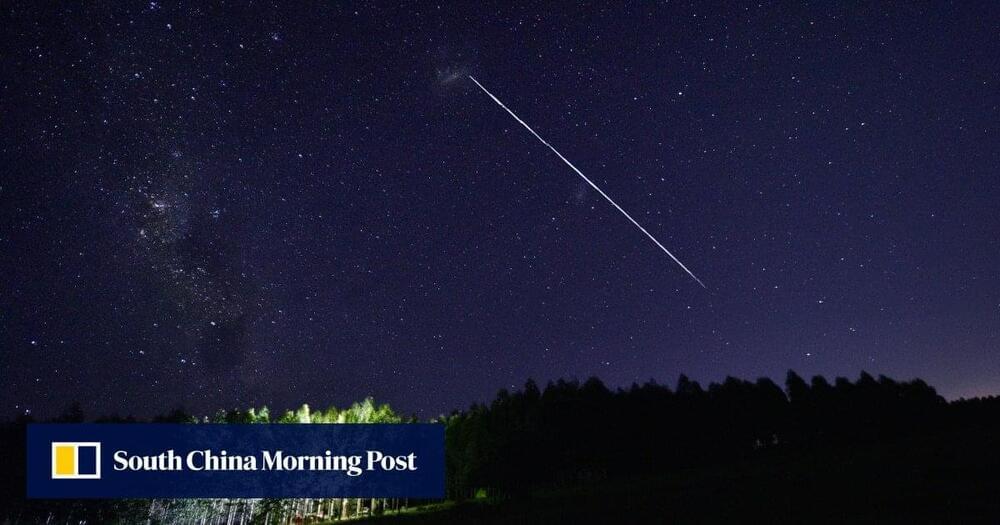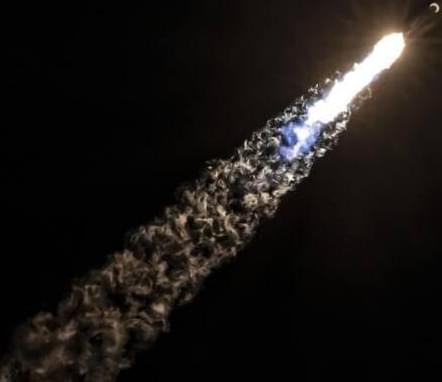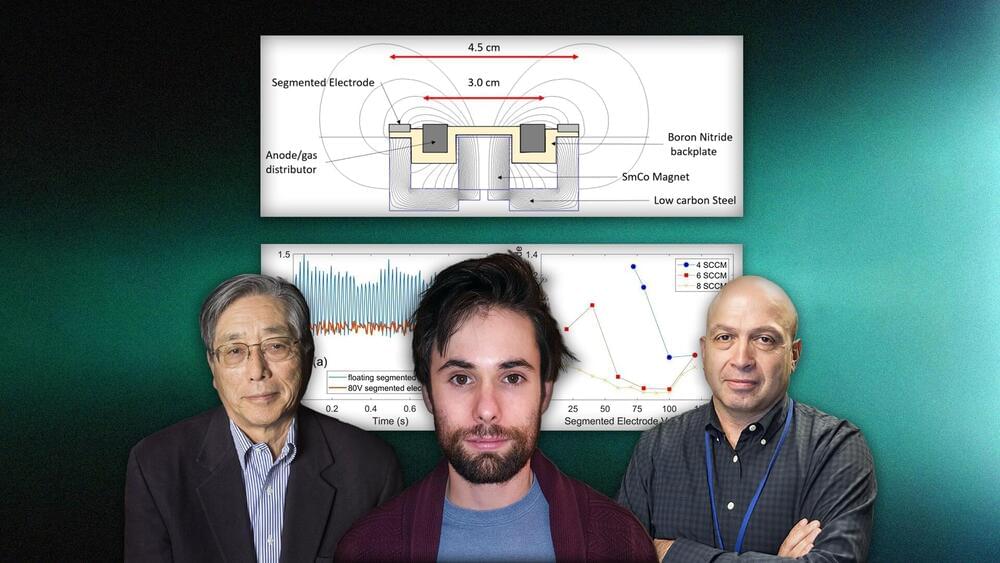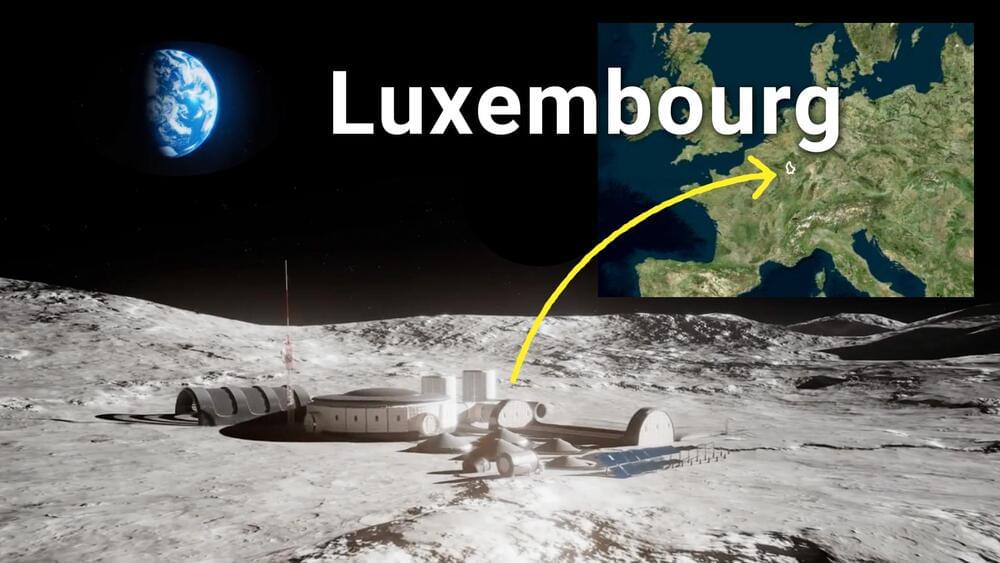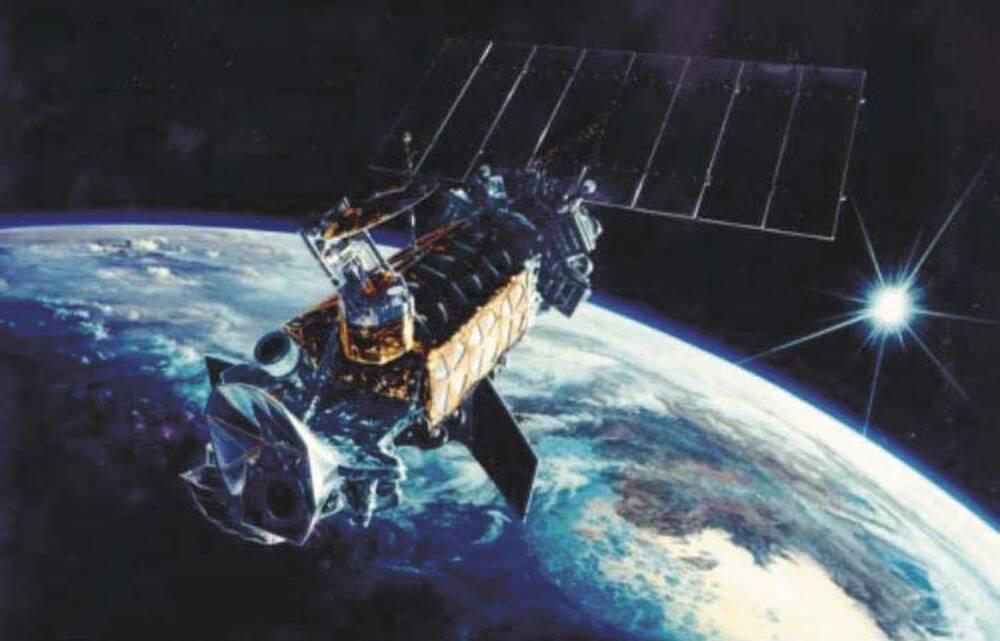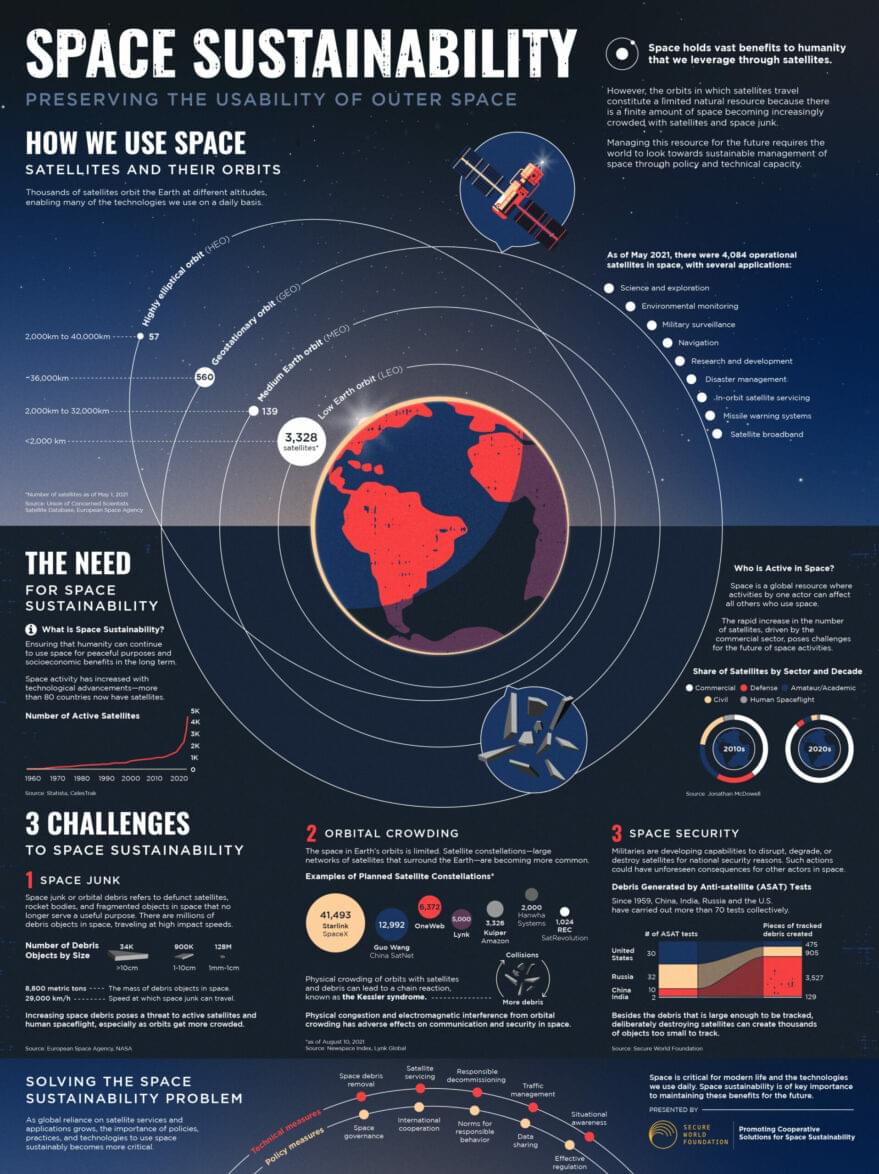While rotating at up to 10 degrees per second!
The technological competition between the United States and China is growing at breakneck speeds.
A small and relatively low-cost satellite by China can allegedly take high-resolution images of cities in mere seconds, The South China Morning Post first reported. The images are allegedly so detailed that they can be used to identify specific military vehicles and weapons.
An impressive act proving this statement was performed by Beijing-3, a small commercial satellite launched by China in June. Beijing-3 conducted an in-depth scan of the San Francisco Bay, which corresponds to roughly 1,470 sq mi (3,800 sq km), within 42 seconds, according to scientists involved in the satellite project who published the results this month in the Chinese peer-reviewed journal Spacecraft Engineering.

